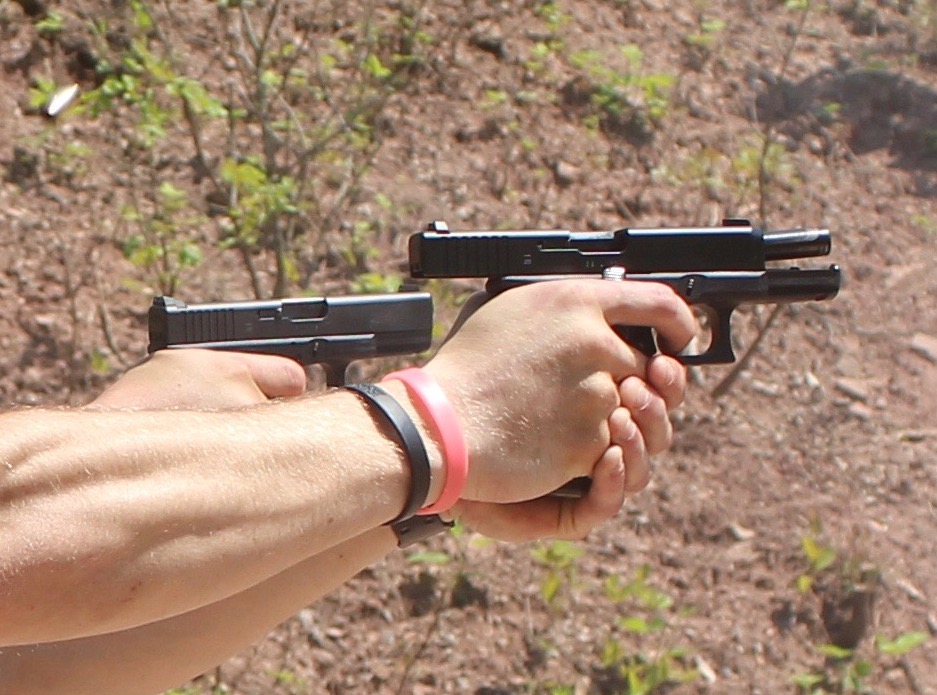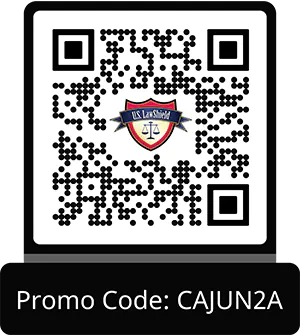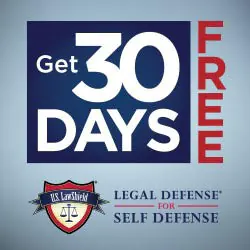Speed vs. Precision: What Matters Most in a Defensive Shooting?

Speed vs. Precision: What Matters Most in a Defensive Shooting?
One of the most common questions we hear at Cajun Arms is: “Should I train for speed or for perfect sight alignment?” The short answer is: both — but not equally, and context decides which you prioritize. Defensive shooting is about effectiveness under stress, not match-grade groups on paper. Below we’ll unpack how to balance speed and precision, how to measure your “operational speed,” and what practical drills and long-tail training options will get you there.
Perfect Sight Alignment vs. a Good Hit
On a static target at the range, chasing perfect sight picture makes sense. You’ll tighten groups and learn fundamentals. In a defensive encounter, however, time and conditions rarely cooperate. A combat-effective hit (center mass when appropriate) delivered quickly often matters more than a clinically perfect front-sight alignment that costs you precious seconds.
Defensive shooting prioritizes stopping power and containment over tiny groups. That means training to put consistent hits on the center of mass while maintaining muzzle awareness and safe backstop control. In real life, the difference between a .2 second twitch and a full second can determine who gets to call 911.
But Every Bullet Has a Price
Speed without responsibility is dangerous. Misses go somewhere — into walls, cars, or people. That’s why target identification, threat assessment, and environment awareness are mandatory parts of our curriculum. Fast misses are useless at best and catastrophic at worst.
When training for speed, pair it with strict rules:
-
Be certain of your target and what’s behind it.
-
Train containment and target separation drills.
-
Practice deliberate, controlled follow-through so your fast shots still land reliably.
Finding Your Operational Speed
“Operational speed” is the fastest pace at which you can reliably hit what you intend to hit under the likely stressors of your environment. It isn’t a universal number — it changes with distance, light, clothing, and whether you’re seated, moving, or under physical stress.
Here’s how to discover and measure it:
-
Baseline timed drills: Run a controlled drill (e.g., two shots at 3, 7, 15 yards) and record time and hit percentage.
-
Establish a reliability threshold: Choose the fastest cadence that gives you, say, an 80–90% hit ratio on center mass under calm conditions.
-
Stress test: Add physical exertion or time pressure and note how your hit ratio changes. That gap shows where your training needs work.
-
Train to narrow the gap: Use incremental cadence increases and focused correction until your hit rate holds up under stress.
When to Use Point Shooting vs. Sighted Fire
There are moments when point shooting (close range, instinctive hits) is faster and more reliable than struggling for perfect sights. There are other moments when a sighted, deliberate shot is required — for example when non-combatants are nearby or the threat is at extended distance.
Train both methods:
-
Point shooting for immediate, close encounters (1–7 yards).
-
Sighted fire for deliberate engagement beyond close range or when precision matters.
-
Transition drills to move fluidly between the two depending on context.
Drills That Build Speed and Precision
Train with purpose — choose drills that stress both speed and accuracy:
-
Controlled pairs: Two quick center-mass shots with consistent reset.
-
Failure analysis dry runs: Slow the motion to pinpoint the error, then re-speed.
-
Stress inoculation reps: Add cardio or time pressure before rounds.
-
Multiple-target engagement: Force target acquisition and quick, accurate transitions.
-
Low-light transition drills: Practice weapon-mounted light or target identification in dim conditions.
These drills are staples of our live-fire defensive pistol classes and private pistol training sessions in the Delaware Valley.
Legal, Ethical, and After-Action Considerations
Shooting faster won’t help you if the legal aftermath costs you everything. Train your brain as much as your hands: know your state’s self-defense laws, establish a post-incident plan (secure scene, call 911, preserve evidence, contact counsel), and practice decision-making under stress.
The Cajun Arms Approach
At Cajun Arms we teach a balanced, evidence-based approach: measure your speed, correct your misses, and practice under realistic stress. Our programs combine operational speed drills for concealed carry, live-fire defensive pistol training, and stress inoculation firearm practice so you can react decisively and responsibly when it matters most.
Train smart: focus on effective hits delivered under the constraints of real life. Speed without accuracy is noise; accuracy without speed can be deadly. The sweet spot — your operational speed — is where efficiency, ethics, and legality intersect.
👉 Ready to find your balance? Check our upcoming defensive pistol classes in SE Pennsylvania or book a private pistol training session at Cajun Arms and start improving both speed and precision today.
- Why Most Gun Owners Fail Under Stress — And How Stress-Inoculation Training Fixes It
- Avoidance and Awareness: Your First Line of Self-Defense
- Mental Preparation for Defensive Shooting Class
- Mental Preparation for Defensive Shooting: The Missing Link for CCW Holders
- 2025/26 Trends in CCW & Concealed Carry: What Every Responsible Gun Owner Should Know
- Mastering Speed and Precision in Defensive Pistol Training: A Complete Guide
- Why Small Unit Tactics (SUT) Don’t Work for Civilians — And What Does: A Cajun Arms Guide
- What to Expect in a Defensive Pistol Class
- Essential AR15 Maintenance Tips for Maximum Reliability and Long Service Life
- Bad Guys Come Out in the Heat
- Looking for “Firearms Training Near Me”? Here’s What to Expect—and How to Choose the Right Instructor
- Speed vs. Precision: What Matters Most in a Defensive Shooting?
- Dynamic Movement & Shooting: Train Like You Fight
- Firearms Training and Home Defense
- From Basics to Advanced: Tactical Shooting Courses at Cajun Arms
- Firearms Training Near Me - Cajun Arms West Chester, PA
- Master Your AR-15 with Expert Training at Cajun Arms
- Defensive Pistol Training for Self-Defense — Cajun Arms
- Choose the Best Home Defense Firearm — Cajun Arms Guidance
- Becoming a Firearms Instructor: The Path to Excellence
- Empowerment Through Precision: Elevating Your Self-Defense Firearm Skills
- Training Scars: Breaking Free From Flat-Range Habits
- Vehicle Defense
- WATCH WHAT YOU FEED YOUR GUN
- CAN YOU BE ACCOUNTABLE FOR YOUR SPEED?
- Training with Micro-Compacts
- A Follow Up to the “Hardest Shooting Fundamental”
- So You Want To Go Fast?
- The Hardest Shooting Fundamental: Mastering Follow-Through
- Why Are You Just Standing There? Shooting From Unconventional Positions
- New Gun, New Habits
- Home Defense Shotgun Set Up
- What Should I be Doing at the Range?
- Fighting From The Ground
- Take Charge of Recoil, don’t let it control you…
- Think Before You Speak
- Grab a Partner
- The Risks of Being Nice…
- Lead With Your Eyes (not your muzzle)
- Train as You Carry… Leave the competition and tactical gear behind
- KNIFE VS GUN - A quick scenario to ponder
- Frankengun vs. Factory: Choosing a Reliable AR for Self-Defense
- Memory - Program Yourself
- Training for Injury
- Lights and Lasers and YouTube Ninjas
- Our Stance on Your Stance
- Training for More Than One Attacker…
- Keep Your Head On - Consistency
- Defensive Shotgun Accessory Do’s and Don’ts
- Charlottesville - lies and hypocrites
- Keep Your Finger Off the Trigger…
- …and Re-holster
- Unauthorized persons…
- Focus on What will Save Your Life
- Train for Success with your Firearms
- Every Day is a Good Day to Be Ready
- Appendix Carry - Is it right for you?
- Learn to See the Light: Low-Light Firearms Training You Can Use
- Anti-Gun Sentiment on the Internet: How It Affects Lawful Firearms Owners
- Point Shooting: Does it work? Do you know what it is?
- About your self-defense carry ammo...
- See the Whole Picture... Know how to reload reflexively
- One-Handed Shooting
- Every Bullet Has a Price...
- On Magazine Changes... fighting for your life
- There is Such a Thing as Too Fast...
- A Threat at Arm's Length
- In defensive shooting, missing your target has consequences...
- AR15 for Home-Defense
- Operating out of your Comfort Zone...
- Every Bullet Has A Price - Operational Speed
- Car and Truck Gun Safety: Protect Yourself Responsibly
- Keep a Clear Head
- Get Training!
- Women and Firearms at Cajun Arms

